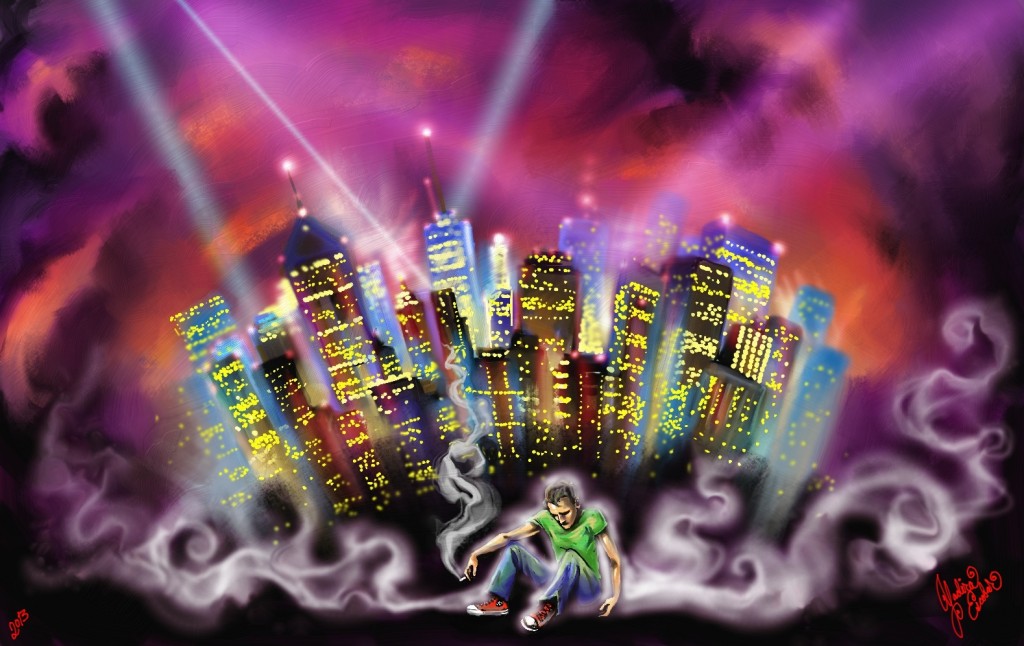
Against nature
MIAMI – If the United States is the paradise of civil rights and material prosperity, how could it be that every day thousands and thousands of young people want to escape through drugs?
Some deep ailment that we do not fully recognize is dragging the new generations toward those substances, which completely derange the senses while providing escapism toward an artificial paradise.
Apparently, increasing numbers of teenagers are becoming slaves to that vice, which does not distinguish among social classes. What’s most remarkable is the decrease in serious criticism of that scourge, which grows without creating a suitable scandal in the civilian society that suffers it.
During the Cold War, one of the big arguments of the socialist world against the capitalistic West was the alienation of the Western youth, who lived on the margins of social development, unwilling to develop consistent commitments to their communities and flailed by the use of narcotics.
Today, that criticism from abroad no longer exists and inside the market societies the organizations dealing with the problem have lost the battle, because the roots of the problem – like an exponential cancer – grow and invade the social fabric faster than the remedies can be applied.
Adult life can be shaken by crises and personal tragedies that explain drug addiction, but it is hard to understand why a teenager who attends the public schools in Miami-Dade, for example, feels so disgusted and sad in his environment that he or she tries to escape from that reality through the use of narcotics.
Some of the victims (especially victims of cheap heroin) were excellent students, good classmates and healthy athletes who, in the blinking of an eye, were transformed into battered bodies with torn nerves.
The problem has developed along with a certain degree of tolerance and indifference, and it is normal for a music band to mention the current drugs or for young people to speak publicly about the properties of, and differences among, substances that are prohibited by law but approved by fashion.
Heroin, associated in the past with adults in a marginal world, has been banned by Congress since 1924. Today, it is distributed in harmless-looking pills among young people who are unaware of its devastating effects on personality and the central nervous system.
When mixed with alcohol, it can kill. When users try to quit, their central nervous system is so used to its analgesic effect that they experience muscular pain throughout the body, convulsions and hallucinations for five or six days. It is the most addictive drug known, yet any young man in Florida can buy it for as little as $10.
Most of the heroin is metabolized in the liver and turns into morphine, so some sick people without medical insurance have found relief from their pain by buying this cheap drug on the streets of greater Miami.
In general, heroin is the drug of choice of immature young people who, every time they use it, under disco lights or in the darkness of a school bathroom, demonstrate their profound disillusionment with the natural life, or rather, against the nature that their society offers.



